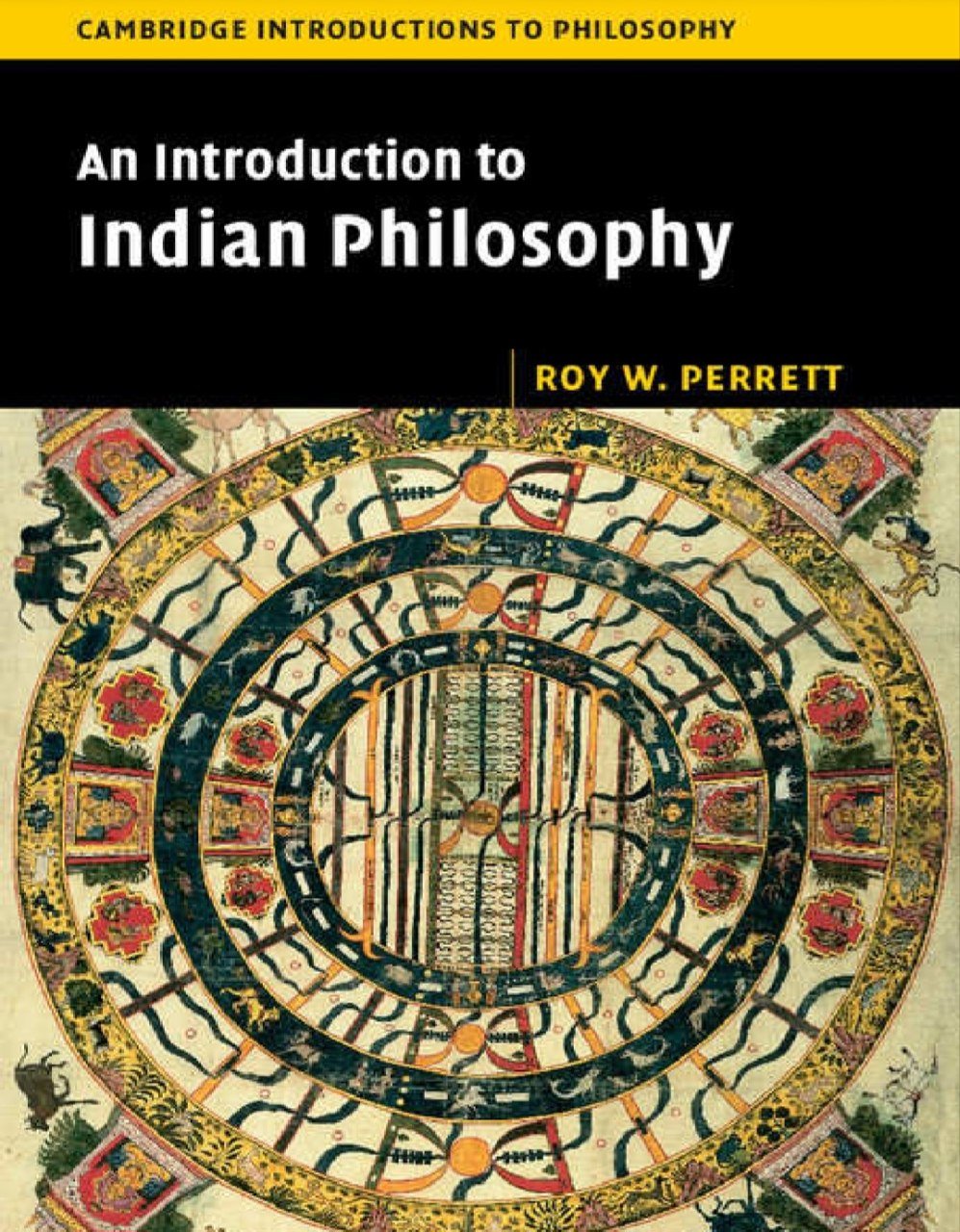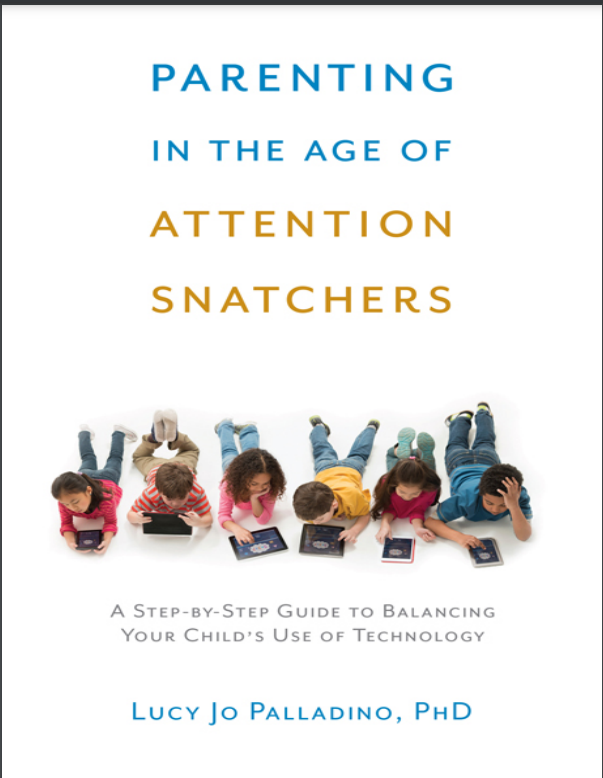

Sound Unseen: Acousmatic Sound in Theory and Practice
Reviews
No review yet. Be the first to review this book!
Description
Sound Unseen: Acousmatic Sound in Theory and Practice by Brian Kane is a deep and critical exploration of the concept of acousmatic sound—sounds that are heard without seeing their source. Rooted in the practices of musique concrète and the theoretical writings of Pierre Schaeffer, Kane's book examines how acousmatic listening reshapes our understanding of sound, music, and perception. Kane begins by tracing the origins of the acousmatic concept to Schaeffer's work in the mid-20th century, where the focus was on listening to sound purely as sound, without reference to its cause or meaning. Schaeffer developed what he called the reduced listening mode, encouraging listeners to detach sound from its source and focus on its formal properties. Kane critically engages with Schaeffer’s ideas, questioning whether it is truly possible—or desirable—to ignore the referential and contextual aspects of sound. Expanding beyond Schaeffer, Kane investigates how acousmatic sound functions in contemporary music, sound art, and media, showing that sound detached from its source often generates new meanings, emotions, and experiences. Rather than being a purely objective listening practice, Kane argues that acousmatic listening is deeply tied to theories of perception, embodiment, and culture. He highlights how the absence of the visual source can evoke feelings of mystery, disorientation, and heightened imagination, transforming the listener’s experience. Kane also draws from philosophy, psychoanalysis, and media theory, connecting acousmatic sound to broader discussions about presence and absence, visibility and invisibility, and the politics of listening. He examines how technologies like the radio, telephone, and recorded sound have shaped modern acousmatic experiences and critiques the assumption that sound can ever be purely “abstract.” By weaving together theoretical critique with historical and cultural analysis, Sound Unseen reveals the complexity and richness of acousmatic sound, moving beyond Schaeffer’s initial framework to explore how sound operates in contemporary sonic practices and everyday life. Kane’s work encourages us to reconsider how we listen, perceive, and interpret sound in a world where hearing often happens without seeing.






 May 03, 2025
May 03, 2025
 May 03, 2025
May 03, 2025






 May 03, 2025
May 03, 2025




 May 03, 2025
May 03, 2025





.jpeg)




.jpg)

.jpg)
.jpg)






.jpg)


.jpg)





.jpeg)
.jpeg)

.jpg)










.jpeg)


.jpeg)













.png)





.jpg)




.jpg)















































